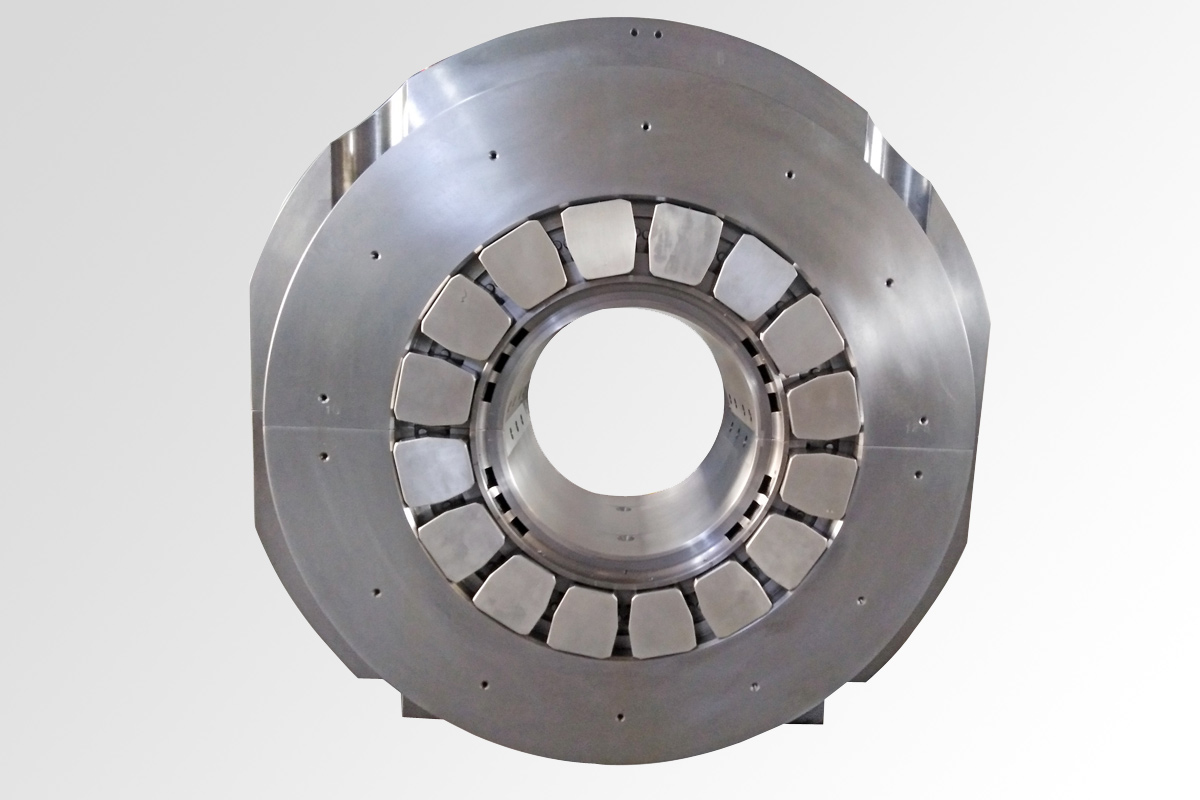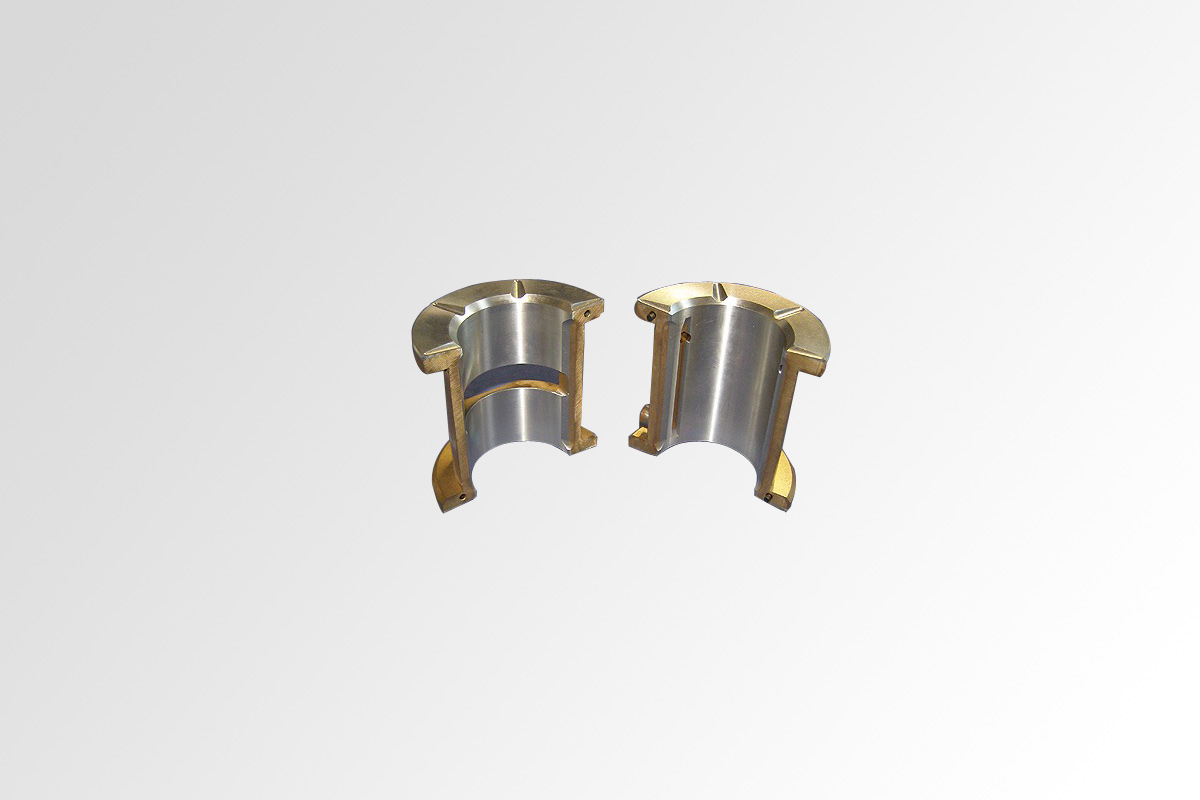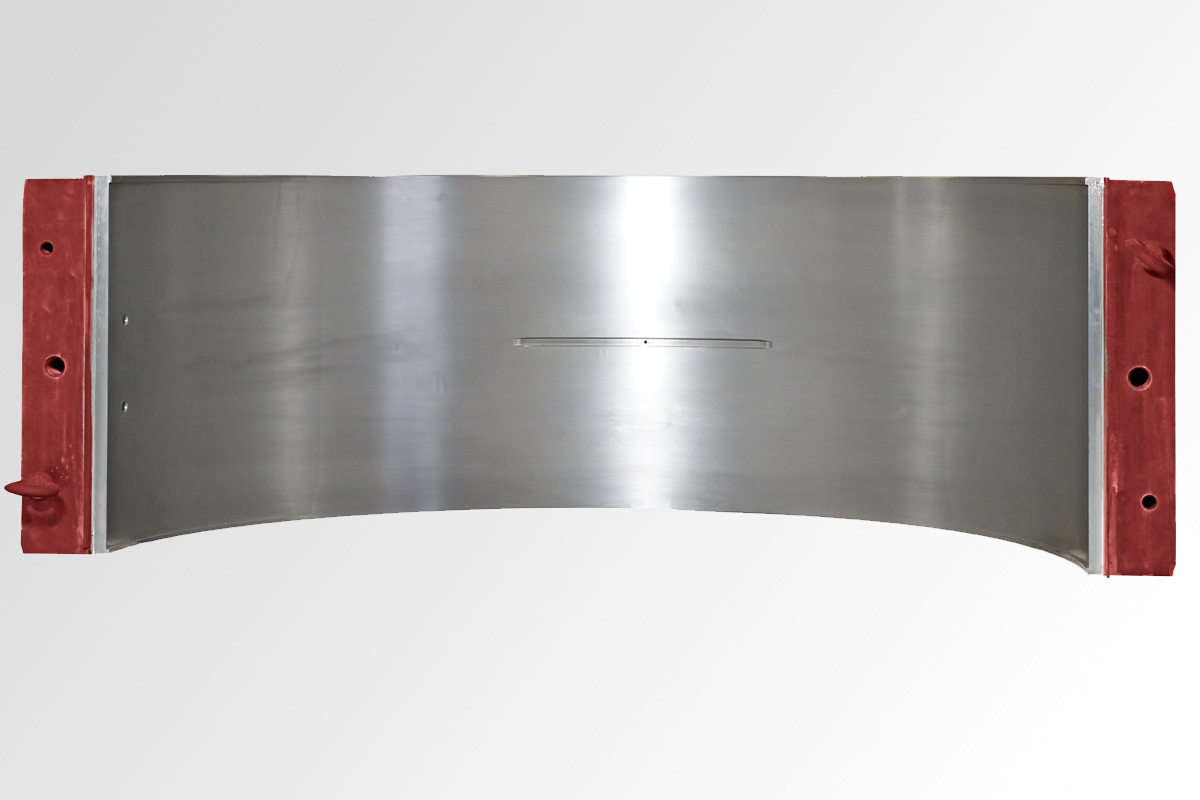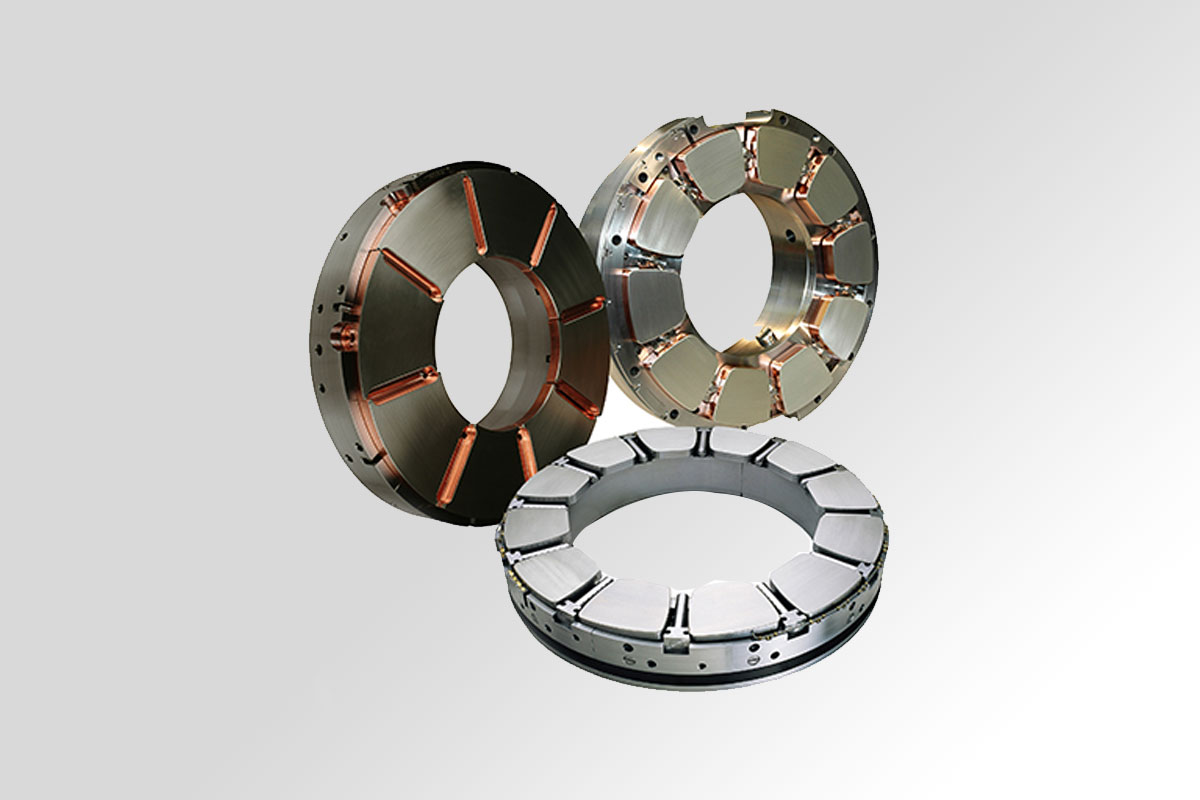Power plants run on equipment that is expected to stay in motion for long, continuous hours. Inside this setup, turbine bearings take on one of the toughest tasks. They rest beneath the rotating shaft and carry the full weight of its movement. Their job is not loud or dramatic, yet they decide how steadily the turbine can deliver power.
When the bearings run smoothly, the plant uses less energy, faces fewer stoppages, and avoids a long list of preventable repairs.
Metatek Engineering has been working with clients across the energy and manufacturing sectors for many years. Our company has helped teams choose bearing systems that can handle real operating conditions rather than ideal ones.
This article looks at the role turbine bearings play, how they function inside a power plant, the common bearing types, the areas where failures usually begin, and the measures that improve long-term performance.
Why Turbine Bearings Matter in Power Plants
A turbine must rotate with a steady rhythm to convert steam or gas energy into electricity. The shaft at the centre of this motion spins at high speed, and even a small disturbance can affect its balance. This can lead to vibration, misalignment, or a temperature rise.
Bearings keep the shaft in the correct line while it turns. They share the load, reduce friction, and help the turbine keep a controlled, even movement.
When the bearings are healthy, the turbine performs with ease. As they begin to wear, the whole machine becomes more sensitive to stress. Output drops, efficiency slips, and the risk of an unplanned shutdown increases. For this reason, power plants treat bearings as a core element of reliability rather than a minor mechanical part.
How Turbine Bearings Work
Turbine bearings create a protective film between the shaft and the bearing surface. This film is usually a high-quality lubricating oil. The oil prevents metal contact, keeps temperature under control, and distributes the load evenly.
Key functions include:
- Supporting the weight of the rotating shaft
- Reducing friction during continuous motion
- Dampening vibration and preventing instability
- Controlling thermal expansion during high-temperature operation
- Helping the turbine maintain accurate alignment
The bearing design must match the turbine’s speed, load, and temperature profile. When the design aligns with these factors, the turbine performs at its best for many years.
Main Types of Power Plant Turbine Bearings
The following are the most widely used types in modern power plants.
-
Journal Bearings
Journal bearings are common in steam and gas turbines. They support the radial load and allow the shaft to rotate on a thin layer of lubricant. Their simple structure, strong durability, and stable performance make them suitable for long duty cycles.
-
Thrust Bearings
Thrust bearings handle axial loads. These loads appear when the turbine experiences forward or backward pressure due to steam or gas flow. Thrust bearings keep the shaft in its correct longitudinal position. Power plants rely on them to prevent axial drift that could harm the entire turbine.
-
Tilting Pad Bearings
Tilting pad or tilt pad bearings are used in high-speed turbines. Each pad adjusts itself according to the shaft motion. This helps the bearing maintain stability even when load distribution changes. They offer better vibration control and heat management.
-
Sleeve Bearings
Sleeve bearings are simple cylindrical bearings that provide radial support. They are used in older turbines as well as smaller units. With proper lubrication, sleeve bearings offer long service life.
-
Magnetic Bearings
Some modern turbines use magnetic bearings. The shaft floats on a magnetic field without direct contact. This reduces mechanical wear, although it requires advanced control systems. Magnetic bearings are still limited to specific high-technology applications.
Common Causes of Turbine Bearing Failure
Let’s discuss some common causes of turbine bearing failure-
-
Poor Lubrication Quality
Contaminated oil, low oil flow, or incorrect viscosity can weaken the hydrodynamic film. This leads to metal contact and rapid bearing wear.
-
Misalignment
A small misalignment between the shaft and the bearing can create uneven loading. Over time, the bearing overheats or unlocks due to high local pressure.
-
Excessive Vibration
Uncontrolled vibration changes the contact pattern and damages the bearing surface. It may also result from rotor imbalance or loose components.
-
Thermal Stress
Power plants run at high temperatures, and sudden changes can stress the bearing. If cooling systems are not maintained properly, thermal expansion may distort the bearing geometry.
-
Contamination
Dust, moisture, metal particles, or process impurities can enter the lubrication system. These particles scratch the bearing surface and shorten its lifespan.
-
Incorrect Installation
Improper assembly, insufficient clearances, or wrong bearing selection also contribute to failure.
How to Improve Bearing Performance and Life
The following practices support higher reliability–
-
High Quality Lubrication
Use clean, filtered, and condition-monitored oil. Power plants often include inline filtration and scheduled oil analysis. Stable lubrication is the strongest factor behind long bearing life.
-
Precision Alignment
Laser alignment tools help maintain accurate shaft positioning. Correct alignment reduces vibration and distributes load evenly.
-
Regular Vibration Monitoring
Periodic vibration checks detect early imbalances. Early detection prevents wear that would otherwise appear after long operation.
-
Temperature Monitoring
Every turbine bearing has a safe temperature range. Continuous temperature tracking helps the plant respond before overheating damages the bearing.
-
Timely Maintenance and Replacement
Scheduled shutdowns give room for inspection and replacement. Routine checks of clearances, oil flow, and pad condition prevent unexpected stoppages.
Role of Advanced Engineering in Stronger Bearings
Companies like Metatek Engineering supply power plants with strong, durable, and well-designed bearing solutions. Advanced engineering supports the plant in the following ways:
- Selection of the right bearing type based on speed, load, and turbine model
- Use of premium-grade alloys and high-precision manufacturing
- Custom bearing designs for special turbines
- Support in alignment, lubrication planning, and monitoring systems
- Faster replacement support during planned shutdowns
The goal is not only to install a bearing but to help the plant maintain predictable and efficient turbine performance for many years.
How Strong Bearings Improve Plant Efficiency
The bearings play a larger role in plant performance than their size suggests. When they are in good condition, the turbine holds a steady speed and keep their temperature under control. This cuts down the loss of energy inside the machine and lowers the chances of an unexpected halt.
Plants that avoid sudden stops also save many hours of repair work and can wait longer before scheduling a full overhaul. In practice, this means higher output, reduced operating costs, and a safer space for everyone working around the equipment.
In large power stations, even a small gain in bearing quality can help the turbine cycle run more efficiently. This allows the plant to produce more electricity without investing in new machinery.
Conclusion
Although turbine bearings occupy a modest space inside the unit, they influence the entire flow of the machine. Their performance depends on a clear design, a dependable lubrication system, proper alignment during installation, and regular care throughout the year.
When these basics are handled well, the bearings support long operating hours and the turbine delivers a stable, reliable performance. With the right engineering partner, power plants can extend bearing life, improve stability, and achieve higher reliability.
Metatek Engineering works with energy producers to help them choose the best bearing solutions and support the long-term performance of their turbines. When bearings are selected and maintained with care, the plant runs more confidently and delivers stronger output year after year.










